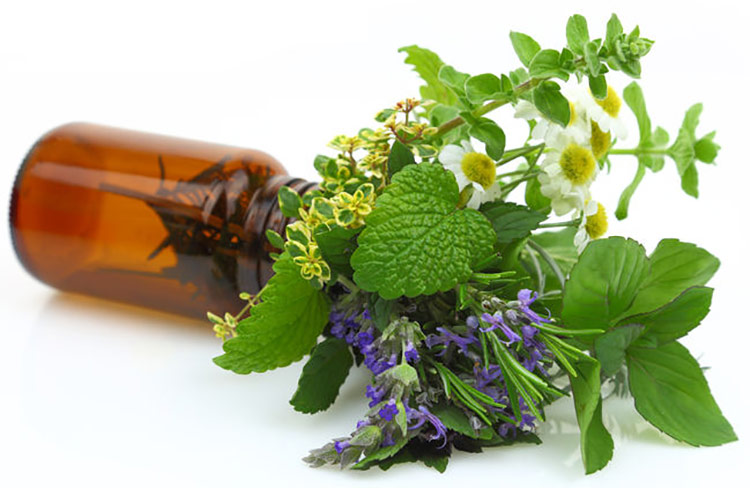The Parts of Plants That Produce Essential Oil

Within this article, I loosely refer to all volatile oils including essential oils, absolutes and CO2s collectively as "essential oils."
Some botanicals store their precious volatile aromatic compounds within their leaves or flowers while others may store them within their rinds, seeds or other plant parts.

Not all plants produce useful or enough essential oil to justify the commercial cost of extracting the oil. Additionally, the essential oils produced by some plants have no known therapeutic value or can even be hazardous. As more is discovered about the safety and therapeutic benefits of particular essential oils and as consumer/B2B demand grows for particular essential oils, availability can change.
The below list is offered as a guideline to the essential oils and absolutes that are commonly distilled/extracted from the listed plant part type. Please don't consider this list as being complete. It is possible to sometimes find essential oils produced from other parts of the botanical or produced using material from multiple parts of a plant.
Leaves
Bay, Bay Laurel, Bergamot Mint, Cajeput, Cinnamon, Eucalyptus, Geranium, Kanuka, Lemon Myrtle, Manuka, Myrtle, Niaouli, Patchouli, Petitgrain, Ravensara, Saro, Tea Tree, Tobacco, Violet
Flowering Herbs (Typical Distillation of Both Flowers and Leaves)
Basil, Catnip, Clary Sage, Holy Basil, Hyssop, Lavender, Lavendin, Lemon Balm (Melissa), Marjoram, Oregano, Peppermint, Rosemary, Sage, Spearmint, Thyme, Yarrow
Flowers/Petals/Buds
Boronia, Cananga, Chamomile (all), Clove, Davana, Helichrysum, Jasmine, Linden Blossom, Neroli, Rose, Tagetes, Tuberose, Ylang Ylang
Wood
Agarwood/Oud (Endangered), Amyris, Cedarwood (all), Palo Santo, Rosewood (Endangered), Sandalwood (Endangered)
Bark
Needles
Cypress, Fir, Scotch Pine, Spruce
Grass
Citronella, Lemongrass, Palmarosa
Resin/Balsam/Gum
Benzoin, Peru Balsam, Elemi, Frankincense, Galbanum, Gurjum, Myrrh
Berries/Fruit
Allspice, Black Pepper, Juniper Berry, May Chang (Litsea Cubeba)
Citrus Rinds
Bergamot, Grapefruit, Lemon, Lime, Mandarin, Orange, Tangerine, Yuzu
Roots
Angelica, Ginger, Spikenard, Vetiver
Seeds
Ambrette, Anise, Cardamom, Carrot, Coffee Bean, Coriander, Cumin, Dill, Fennel, Nutmeg, Parsley
Moss/Lichen
Do Some Plants Yield Essential Oil From Multiple Parts of the Botanical That They are Derived From?
Absolutely. For example, an essential oil can be distilled from both the root and the seeds of the Angelica plant. Cinnamon Essential Oil is produced from either the bark or the leaves of the cinnamon tree.
It is helpful to know what part(s) of a plant were used in the production of an essential oil as the constituents, aroma, safety precautions and the therapeutic properties of the essential oil can vary.
Why are Some Seed Oils Classified as Essential Oils While Some Are Classified As Carrier Oils?
The method of extraction determines if a seed oil is an essential oil or a carrier oil (vegetable oil). If the seed oil was steam distilled, it is a volatile, aromatic essential oil. If the seed oil was expeller pressed/cold pressed, it is a lipid-based carrier oil.
